💰 How Uber Built A $150B Empire
Most people have heard of Uber – the ride-sharing app that made getting a ride as easy as tapping your phone.
Uber was started in 2009 by Travis Kalanick and Garrett Camp, who were stuck in Paris during a snowstorm and couldn’t find a cab. That small frustration turned into one of the most valuable startups of the decade.
Since then, Uber has:
Reached a $150 billion valuation
Operated in over 10,000 cities across 71 countries
Completes more than 19 million trips every day
How did they do it?
Great question.
Today, we’ll talk about how Uber went from a small idea in Paris to owning more than 70% of the US rideshare market.
Here’s what we got for ya:
🚘 Make Transportation Accessible to Everyone
🛠 Create a Network, Not Just a Product
🗣 The Word of Mouth Loop
Read Time: 4 min 35 sec

🚘 Make Transportation Accessible to Everyone
Uber first started as UberCab, a black car service. It was more expensive but catered to an untapped market – people looking for convenient, on-demand transportation.
After launching, the founders noticed something: people didn’t just want a luxury service – they wanted affordable and convenient transportation.
So, in 2012, Uber introduced UberX. Now anyone with a car could become a driver and offer rides at a fraction of the cost.
The idea was simple: make transportation accessible to everyone by turning everyday people into drivers.
Uber didn’t reinvent the wheel. Instead, it solved a problem millions of people had – the challenge of getting around cities quickly and affordably. By offering a solution that anyone could access, Uber transformed from a niche service into a global movement.
This approach gave Uber two big advantages:
#1: Lowered ride prices by tapping into a new labor pool (anyone with a car)
#2: Expanded its market beyond high-end customers to include everyday commuters
Give people something they need, make it easy and accessible, and they will come.

Receive Honest News Today
Join over 4 million Americans who start their day with 1440 – your daily digest for unbiased, fact-centric news. From politics to sports, we cover it all by analyzing over 100 sources. Our concise, 5-minute read lands in your inbox each morning at no cost. Experience news without the noise; let 1440 help you make up your own mind. Sign up now and invite your friends and family to be part of the informed.

🛠 Create a Network, Not Just a Product
Uber didn’t just build a product – it built a network of drivers and riders that continues to grow.
Here’s how it works:
More riders attract more drivers
More drivers reduce wait times
Faster rides attract more riders
This loop creates a self-sustaining network. Uber itself doesn’t provide transportation; it just built the online marketplace for drivers to sell rides and riders to purchase them.
But Uber didn’t stop at ride-sharing. It expanded into food delivery (UberEats), freight (Uber Freight), and even autonomous vehicles. Each addition strengthened Uber’s network and diversified its revenue streams.
Uber’s strategy was simple: create a platform where multiple services could flourish. Once you’ve built a strong network of users, you can offer them more than just one service – whether it’s a ride home, dinner, or a freight delivery.
Uber isn’t just a ride-hailing company; it’s a platform that connects people with whatever they need, when they need it.

🗣 The Word of Mouth Loop
When Uber first launched, it had virtually no budget for traditional marketing. Instead, it grew through word of mouth.
In fact, 95% of all Uber riders first heard about the app from another Uber user.
Here’s how Uber sparked the word of mouth loop:
#1 – Offering free rides to new users. People love free things. This encourages people to try the app and share it with friends.
#2 – Referral bonuses. Giving drivers referral bonuses for getting new drivers on board. This creates the loop: the more drivers, the shorter the wait times, which improves the experience for everyone.
#3 – Easy way to get a ride. Solving a universal pain point (getting a ride) in a way that was convenient and affordable, turning Uber into a service that people naturally recommended.
Even today, Uber’s growth is driven by word of mouth, as users continue to share their positive experiences and drivers recommend it as a side hustle.
More riders + more drivers = more growth. Simple, but incredibly effective.



